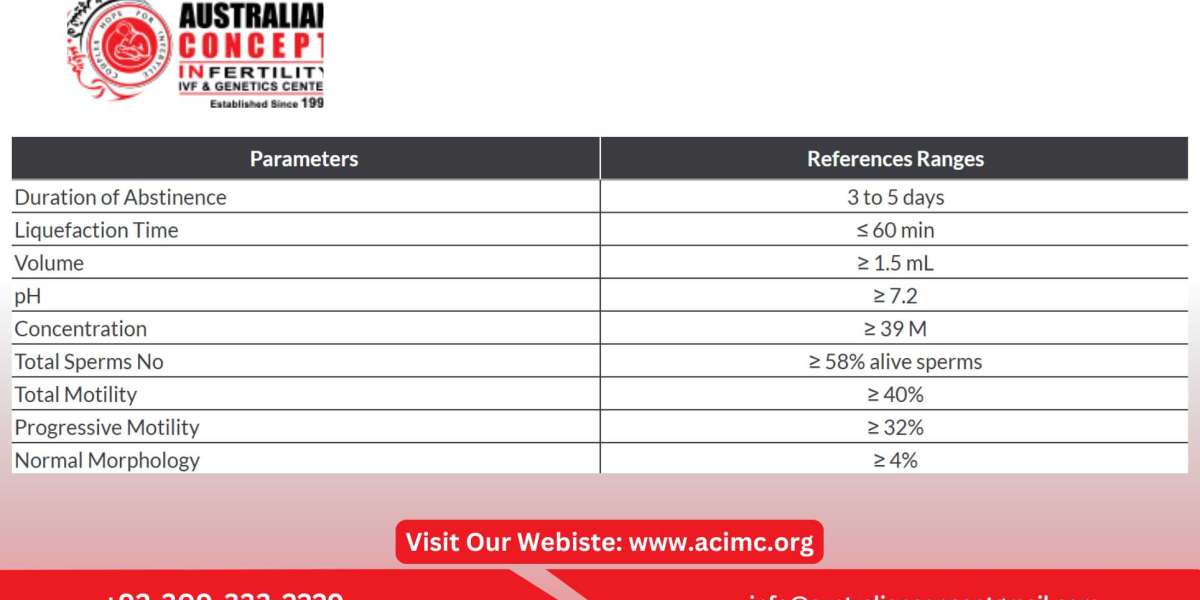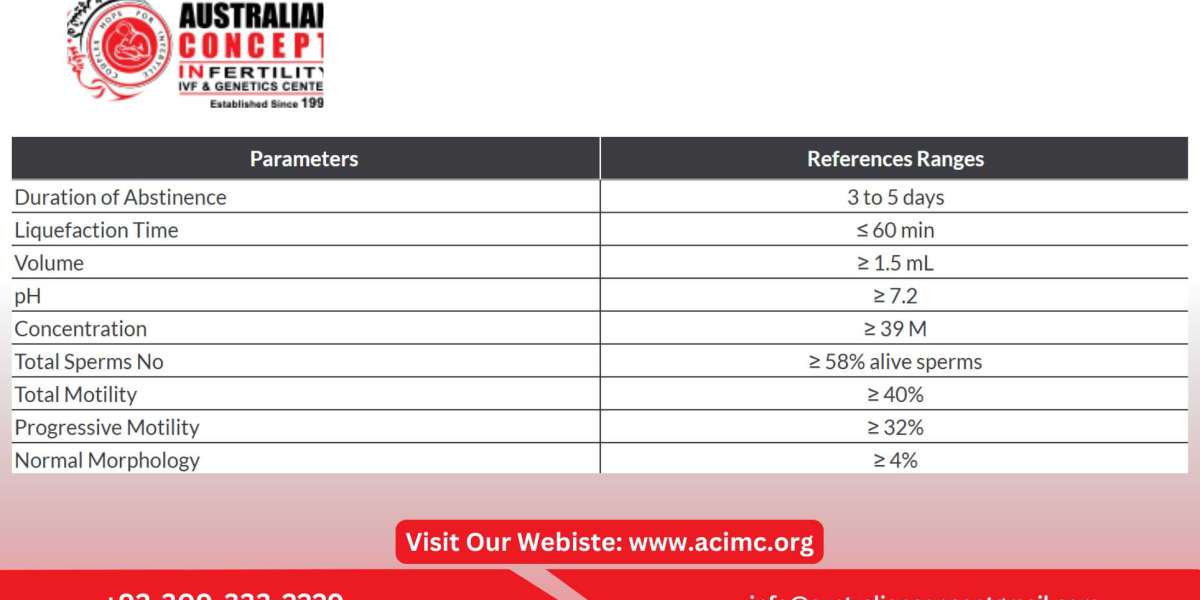Semen analysis is one of the most common tests doctors recommend to check male fertility. It provides detailed information about the quality and health of sperm. Couples struggling with infertility often undergo this test to identify potential issues.
What is a Semen Analysis?
A semen analysis is a laboratory test that examines a man’s semen sample. It evaluates different parameters of sperm, including count, motility, shape, and volume. The goal is to determine whether the sperm are healthy enough to fertilize an egg naturally.
Doctors rely on guidelines from the World Health Organization (WHO) to assess whether the results fall within the normal range.
Key Parameters in a Semen Analysis Normal Report
1. Semen Volume
This measures the total amount of semen in the sample.
Normal range: 1.5 ml or more.
Low volume can indicate problems with the seminal vesicles or blockages in the reproductive tract.
2. Sperm Count (Concentration)
This shows how many sperm are present in one milliliter of semen.
Normal range: 15 million sperm per milliliter or more.
A low sperm count may reduce the chances of natural conception.
3. Total Sperm Number
This is the total sperm count in the entire sample.
Normal range: 39 million or more sperm per ejaculate.
4. Sperm Motility
Motility measures how well sperm move. Sperm must swim effectively to reach and fertilize an egg.
Normal range: At least 40% of sperm should show movement.
Poor motility can lower fertility potential.
5. Progressive Motility
Doctors also check if sperm move forward in a straight line.
Normal range: 32% or more should move progressively.
If sperm only move in circles or show sluggish motion, fertilization becomes difficult.
6. Sperm Morphology (Shape)
This evaluates the structure and form of sperm. Only normally shaped sperm can successfully penetrate an egg.
Normal range: 4% or more normal forms (according to strict WHO criteria).
Abnormal shapes can affect fertilization ability.
7. pH Level
The acidity or alkalinity of semen is also measured.
Normal range: 7.2 to 8.0.
Abnormal pH may indicate infection or issues with accessory glands.
8. Vitality
Vitality checks whether sperm are alive, especially if motility is low.
Normal range: At least 58% living sperm.
How Doctors Interpret the Results
When reviewing a semen analysis normal report, doctors look at the overall picture, not just one value. For example:
A man may have a slightly low sperm count but high motility, which can still support conception.
If multiple parameters are below normal, infertility treatment may be needed.
Lifestyle factors, medical history, and physical exams are also considered before giving a final diagnosis.
Doctors explain whether the report is within the normal range or shows abnormalities. If abnormalities are present, they may suggest repeating the test after a few weeks, since sperm quality can vary due to stress, illness, or lifestyle habits.
Next Steps After the Report
If the semen analysis shows normal results, doctors usually assure the couple that male fertility is not the issue. In such cases, attention may shift toward female fertility tests.
If abnormalities are found, treatment may include:
Lifestyle changes (diet, exercise, quitting smoking, reducing alcohol).
Medication to improve sperm quality.
Surgical treatment for blockages or varicoceles.
Assisted reproductive techniques like IUI, IVF, or ICSI for severe male infertility.
Conclusion:
A semen analysis normal report gives vital information about male fertility by measuring parameters like sperm count, motility, morphology, and semen volume. Doctors interpret the results as a whole and consider medical history before making recommendations.
For couples facing infertility challenges, this test is often the first step toward finding answers and planning the right treatment. Understanding what the report means can help reduce stress and guide couples on their journey to parenthood.
For More Details: https://acimc.org/ivf-lahore/










